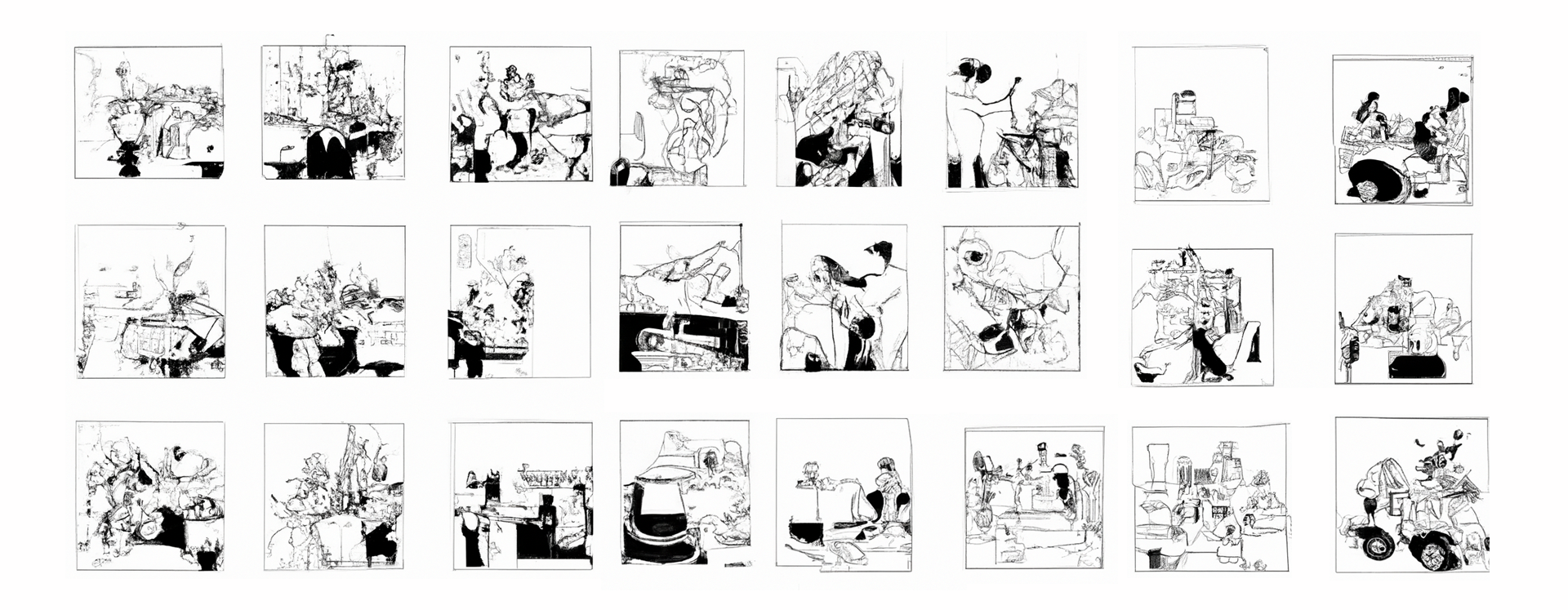In 2015, IDEO, a world-renowned design firm, tried to change the narrative around dying by ‘redesigning death’. Their idea was to create an app to make the end of life a better experience, using co-creation and user-centric design. The framing of death as ‘just another design challenge’, ignited heated arguments among designers around the social role and capacity of design. The IDEO’s story highlighted the major issue with the unrelentingly positive belief that all problems can be solved through technology and design. It led designers to call for more critical reflections on the limits of design and richer enquiries about what creativity means for the problem at hand.
Death might be an extreme example. However, the criticism remains valid for other seemingly unproblematic applications of design-driven approaches. Complex social and environmental challenges, such as energy transition, climate adaptation and urban inequality, today, are treated as design problems that can be solved in creative, collaborative and experimental spaces provided by living labs in cities. The number of living labs registered in the European Network of Living Labs (ENoLL) has increased from 20 living labs in 2006 to 188 in 2010 and to more than 475 labs in 2020. While being successful in creating new technologies, insights and solutions, the effectiveness of the applied models is proven to be limited in innovating strategic and foresight activities of cities that are in place to deliver future-proof solutions, reiterating the challenge in bridging this seemingly unbridgeable gap between experimental design-oriented ways of thinking and delivering future-proof strategies.
Supporting Creative Minds in Urban Planning (SEMINAL) is an interdisciplinary project that aims to explore the potential and limits of design and creative thinking in strategic urban planning practices. By attempting to design a new information system that facilitates and accommodate for creative thinking as part of spatial decision-making processes, SEMINAL will investigate what we know and don't know about creative urban planning.

SEMINAL will focus on answernig what creativity, thinking differently and new idea means for spatial planning. The conception of creativity in this project differs from previously developed concepts such as creative cities, ‘creative spatial practices’ and ‘local creative ecosystem’. These concepts are used to describe how design of the physical spaces of the cities can generate and foster creativity among citizens, and how cities can capitalize on the so-called creative citizens for economic impacts. SEMINAL, however, focuses on creative thinking as part of strategic spatial decision-making processes and aims to better understand how creative thinking capacities of planners are developed and exploited in these processes.
| Project Summary | |
|---|---|
| Funded by | Marie Skłodowska-Curie Actions-Postdoctoral Fellowship |
| Host | ITC Faculty - University of Twente - Dr. Johannes Flacke |
| Collaborators | Crowd Cognition Group - Ludwig Maximilian University of Munich - Dr. Bahador Bahrami |
| Project Duration | 2 Years (Jan 2023-2025) |


